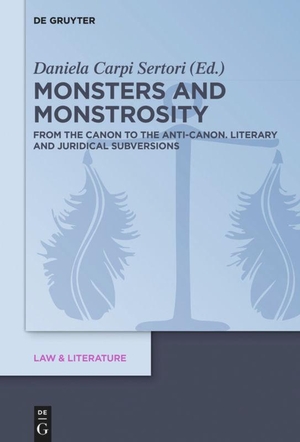Für statistische Zwecke und um bestmögliche Funktionalität zu bieten, speichert diese Website Cookies auf Ihrem Gerät. Das Speichern von Cookies kann in den Browser-Einstellungen deaktiviert werden. Wenn Sie die Website weiter nutzen, stimmen Sie der Verwendung von Cookies zu.
Cookie akzeptieren
Monsters and Monstrosity
- De Gruyter
- 2019
- Gebunden
- 308 Seiten
- ISBN 9783110652192
Every culture knows the phenomenon of monsters, terrifying creatures that represent complete alterity and challenge every basic notion of self and identity within a cultural paradigm. In Latin and Greek culture, the monster was created as a marvel, appearing as something which, like transgression itself, did not belong to the assumed natural order of things. Therefore, it could only be created by a divinity responsible for its creation, composition, goals and stability, but it was triggered by some in- or non-human action performed by humans. The identification of something as monstrous denotes its place outside and beyond social norms and values. The monster-evoking transgression is most
Mehr
Weniger
zzgl. Versand
in Kürze